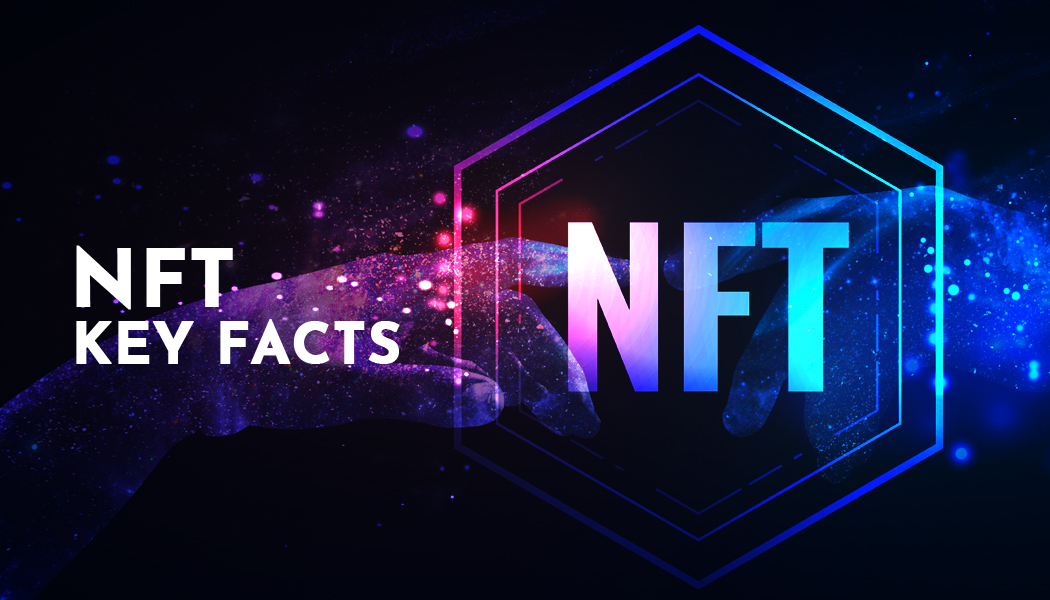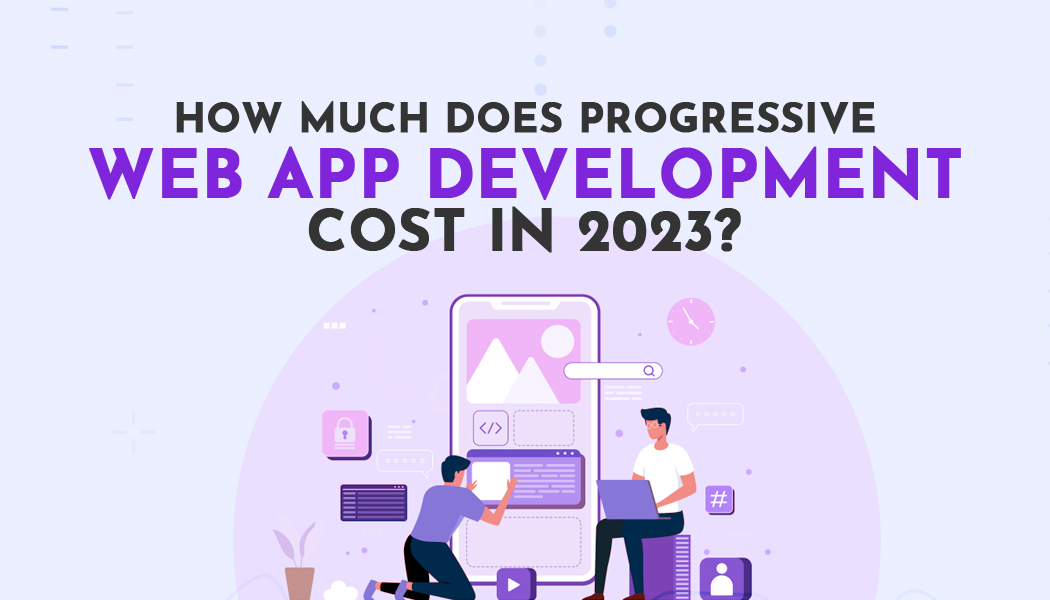NFT Key Facts
The compilers of the explanatory dictionary of the English language Collins Dictionary named the abbreviation NFT – non-fungible token – the main word of 2021. Now it sounds literally everywhere – in social networks, media, galleries and auction houses. Experts from Boosty Labs company which focuses on NFT marketplace development have collected the main facts about NFT.

Fact #1: NFT Deals Hit a Record $23 Billion in 2021
This fact is even more impressive taking into consideration that the NFT market is still very young. It is associated with the development of blockchain technology and the emergence of cryptocurrencies (a kind of digital currency that is built on the blockchain). Bitcoin became the first cryptocurrency, then Ethereum, Ripple, Litecoin, Monero and others appeared. A token is a kind of security issued on a specific blockchain platform. It can be used as the internal currency of the platform on which it was created, or sold on exchanges for cryptocurrency.
Fungible tokens have the same value, they can be easily exchanged. Here you can draw a parallel with ordinary banknotes: all banknotes with a face value of 1 thousand rubles. are the same, no matter which one ends up in your wallet.
In the case of NFTs, the situation is different. Each non-fungible token is a unique digital asset that exists only in a single copy. It is assigned to a specific digital object – an artistic image, a music track, game attributes, a 3D model, and so on. In fact, NFTs are something like digital property, they can be sold and bought on marketplaces for cryptocurrency.The starting point from which the growth in the popularity of NFTs began is 2017. Then the American studio Larva Labs launched a project for trading animated characters on the Ethereum blockchain platform – CryptoPunks. A little later, an online game appeared in the form of a decentralized application (the database of which is not stored on the developer’s server, but on the blockchain platform) CryptoKitties, where you could buy and collect virtual cats for cryptocurrency. Users were willing to pay tens of thousands of dollars for NFTs of such furries.
Fact #2: The Most Expensive NFT Property Was Sold for $69.35M
Artist Mike Winkelman, better known as Beeple, has been releasing images every day since 2007 as part of the Everydays project. On their basis, a collage of 5 thousand pictures was assembled, called Everydays: The First 5000 Days. In the spring of 2021, at Christie's auction, this work in the form of an NFT was sold for $69.3 million. The price of a digital work of art exceeded the cost of physical paintings by many famous artists. So far, this is the most expensive deal in the NFT market.
There are other examples of successful sales – Russian artist Pokras Lampas projected an image of one of his works onto the concrete structure of the Chirkey hydroelectric power station in Dagestan. The projection photo was converted to NFT format and sold at auction for $28.7 thousand.
Fact #3: The most popular exchange for buying and selling NFTs is OpenSea
To turn a digital object into a token, NFT marketplaces are needed. The algorithm of actions is simple: after registering on the exchange, you need to upload a file with content. The platform independently creates a non-fungible token (this process is called minting), verifies it and puts it on a “virtual storefront”. It remains only to wait for the buyer. The site takes a commission, as a rule, from the author of the digital object, but sometimes from the buyer.
The size of the commission depends on the conditions of a particular site.
Among the most popular marketplaces are Rarible, Mintable, OpenSea, Solanart. According to the analytical service Chainalysis, OpenSea is currently considered the largest platform.
Fact #4. Collectors, digital artists and gamers are the main players in the NFT market
Thanks to NFT, representatives of the creative industries (artists, designers, animators, musicians) received a channel for monetizing their creativity. Beeple is a vivid example of the fact that the slogan “an artist must be hungry” is not relevant in the digital age.
The NFT market is driven forward, for example, by collectors who are willing to pay big money for the opportunity to collect collections featuring the players of their favorite football team, famous musicians or actors. A huge audience is represented by gamers who can buy or earn in-game NFT artifacts (suits, weapons, specific characters, and so on), transfer them from one game to another, exchange them with other players, or sell them for income.
Big brands are also getting into the NFT fever. Coca-Cola, Gucci, Nike and Adidas are already creating their digital objects in the form of NFTs. So, Gucci released virtual sneakers.
Nike has acquired RTFKT, an NFT studio that creates collectibles for the metaverse, a virtual space where people can interact through their virtual avatars.
By the way, metaverses are another growing trend that will accelerate the development of the NFT market. Indeed, the right of ownership in the metaverses, for example, to virtual land, buildings, infrastructure facilities, is now confirmed precisely with the help of non-fungible tokens.
Fact #5 Minting NFT is bad for the environment
The growing popularity of NFTs pleases those who make money on it, but causes concern among environmentalists. The fact is that for the mining (production) of cryptocurrencies and transactions, including those with non-fungible tokens, a lot of electricity is required. Most of it comes from fossil fuels, so mining tends to have a large carbon footprint.
Because of this, some digital artists are turning down the opportunity to cash in on NFTs. For example, architect Chris Precht decided not to sell his digital art objects in the NFT format after he calculated that the production of tokens would require the amount of electricity that he would use in 20 years of his life.
True, representatives of NFT marketplaces are already saying that there are ways to make mining “greener” by abandoning super-powerful computers. In addition, mining farms can easily be converted to more environmentally friendly forms of energy, such as solar or wind.
Fact #6. The NFT market has become a bait for scammers
There is a known case when a swindler sold fake NFTs on behalf of the artist Banksy for $338,000.And although he later returned the money, nothing prevents scammers from creating digital copies of works and selling them under the guise of original ones. So far, even on large sites there is no strict verification of the history of NFTs, the identity of the owner and other information. This raises the issue of copyright and intellectual property protection.
Another common fraud scheme is the creation of fake pages imitating large NFT platforms. The victim enters their credentials there, which scammers can use to steal funds from the crypto wallet. Therefore, as in the case of banking applications, you need to be very careful.
Fact #7: Legal Uncertainty Is a Major Risk for NFTs
Another factor of uncertainty is regulation. The market for cryptocurrencies and digital assets threatens the stability of the financial sector. Therefore, government agencies are trying to create their own “rules of the game”, which can lead cryptocurrencies to a “gray” zone and call into question the development of the NFT market in the legal field.
Recently, the Central Bank of the Russian Federation released a report that analyzes in detail the risks of cryptocurrencies, proposing to ban their issuance, circulation and exchange, as well as any operations with them. There are no plans to ban NFTs, while it is still unclear how they will be bought and sold, because digital objects are sold for cryptocurrencies
Moreover, the legal status of NFTs has not yet been determined in any country in the world. Are such assets considered securities? If so, how should they be registered, how will their circulation be regulated, how will income tax be paid after their sale? These issues will be in the focus of attention of regulators in the near future.
The first corporate scandals are already flaring up. In January of this year, Nike filed a lawsuit against the StockX platform. According to the company, StockX has sold more than 500 unauthorized NFT sneakers, promising buyers that they will be able to exchange tokens for real shoes. Nike has accused the platform of trademark infringement.
Fact #8: NFTs are considered a “bubble” by a number of experts that will soon burst
Multimillion-dollar transactions with digital objects attract more and more newcomers to NFT exchanges. Many already understand that here you can not only earn, but also lose money. Not every digital work in the NFT format will be sold, but the author will have to pay a commission to the marketplace anyway.

In addition, sooner or later the question will arise, what is the real value of digital assets? So far, the main motivation for buyers and investors is to fit into the trendy “cryptotheme” and skim the cream off the hype industry. But what will happen in a couple of years, when interest in it will pass and the flow of investors will be exhausted? Probably, only a few large projects focused on the gaming industry, metaverses, new fintech services and other technological trends will remain on the market.




